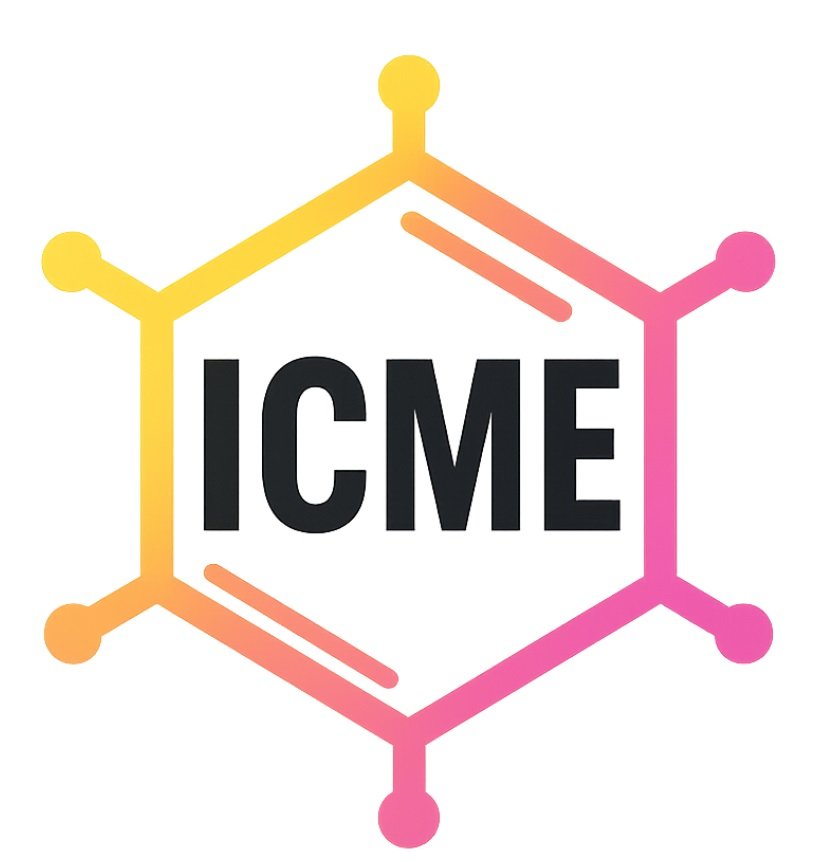SOLUTIONS ICSE CHEMISTRY 2025
Question 1.
i.(a) Sulphur dioxide
ii.(b) C5H2
iii.(a) Copper
iv.(d) C3H8
v.(c) Oxidising agent
vi.(c) (A) is true but (R) is false.
vii.(b) Haematite
viii.(d) A 2,6 B 2,8,7
ix.(a) CH4, C2H6, C3H8,
x.(a) Both (A) and (R) are true, and (R) is the correct explanation of (A).
xi.(c) CI1- & K1+
xii.(c) Sodium sulphate + Lead nitrate
xiii.(d) The number of copper (II) ions in the electrolyte decreases.
xiv.(c) Z
xv.(b) 40 cm3
Question 2.
i.(a) Hot water
(b) AlN + 3H2O → Al(OH)3 + NH3
(c) Calcium oxide
(d) Drying agent
(e) Ammonia being highly soluble in water, dissolved in water
ii.(a) Spurious alcohol
(b) Basic salt
(c) Isomers
(d) Electronegativity
(e) Polar covalent bond
iii.(a) Copper nitrate
(b) Roasting
(c) Molten sodium chloride
(d) Ag →Ag1+ +e
(e) sodium zincate
iv.(a) 3. Iron
(b) 5. Platinum
(c) 1. Vanadium Pentoxide
(d) 2. Nickel
(e) 4. Concentrated Sulphuric acid
v.(a)
1.
2.
2-methylpropene Butanal
CH3
(b)
1.
1,1,2,2-tetrachloroethane
2.
Butanoic acid
3.
2-pentene
SECTION B (40 Marks)
Question 3.
i.
(a) X belongs to period 3
(b) XY2
ii.(a) Anode is the oxidising electrode as the anions lose electron and get oxidized at the anode.
(b) Graphite electrodes are preferred in the electrolysis of molten lead bromide as graphite is an inert electrode that doesn't react with the electrolyte or the products of electrolysis, ensuring efficient and effective electrolysis.
iii.(a) Mass of sulphuric acid = 2×98×6024=490 𝑔𝑚
(b) The volume of sulphur dioxide gas liberated at S.T.P. = 22.4×6024=56𝐿
iv.(a) White precipitate
(b) Yellow residue
(c) Moist starch iodide paper turns blue black
Question 4.
i.(a) The vapour density of' the gas G = 450150=3
(b) RMM = 2VD = 6
ii.(a) CH3COONa + NaOH → Na2CO3 + CH4
(b) 2CH3COOH + Mg → (CH3COO)2Mg + H2
iii.(a) Nitrogen dioxide
(b) Nitrogen
(c) Hydrogen sulphide
iv.(a) The valency of element 'G' : 3
(b) E
(c) MP2
Question 5.
i.(a) Cl
(b) Ne
ii.(a) Nitrogen
(b) Pinkish brown
iii.(a) (NH4)2CO3 + 2HCl → 2NH4Cl + CO2 + H2O
(b) S + 6HNO3 → H2SO4 + 6NO2 + 2H2O
(c) C + 2H2SO4→ CO2 + 2SO2 + 2H2O
iv.(a) White precipitate
(b) 1. Precipitate dissolved
2. Precipitate remains the same
Question 6.
i.(a) Amphoteric
(b) CuO
(c) Na2O
ii.(a) C
(b) D & F
(c) A & B
iii.
C : O : H = 47.412∶ 42.116∶ 10.51
= 3.95 : 2.63 : 10.5
= 3.952.63 ∶ 2.632.63 ∶ 10.52,63 1.5 : 1 : 4
= 3 : 2 : 8
Empirical formula : C3O2H8
Empirical weight = 36 + 32 + 8 = 76
Empirical mass = Relative Molecular mass =76
⸫ Molecular Formula = Empirical formula = C3O2H8
Question 7.
i.(a) Nitrogen dioxide
(b) Cu + 4HNO3 → Cu(NO3)2 + 2NO2 + 2H2O
ii.(a) Baeyer’s Process
(b) 2Al(OH)3 Δ→ Al2O3 + 3H2O
iii.(a)
Cl
Mg → Mg2+ + 2 Cl → Mg2+ (Cl1-)2
Cl
(b) → H ─ Cl
(c) H H
H N H → H─N→H
H H
iv.
(a) To make water a conducting solution, so that water ionizes to form ions.
(b) 2H1+ + 2e → H2
(c) Bubbles of colourless gas
x
x
x
1-
x
x
d
x
d
1+
Question 8.
i.(a) At same temperature & pressure, equal volume of gases have equal number of molecules.
(b) A bond formed by sharing of electrons, where both the shared electrons are contributed by one of the combining atoms and are shared between both the atoms is called a co-ordinate bond.
ii.(a) Ammonium chloride when heated with alkali produces pungent smelling gas which turns moist red litmus paper blue, nut sodium chloride with alkali produces no gas.
(b) With excess sodium hydroxide solution, zinc nitrate solution produces colourless solution ( white precipitate formed with little NaOH solution dissolves in excess), whereas calcium nitrate with excess sodium hydroxide solution produces white precipitate (white precipitate formed with little NaOH solution is in soluble in excess)
iii.(a) SO2
(b) NCl3
(c) PbO
iv.(a) R- Precipitation
(b) S─ Direct combination
(c) Q- Neutralisation by titration
